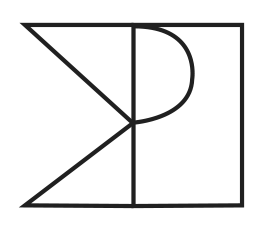chapter 1 :
As a collection ‘Archive’ is unassuming, deceiving the audience by subverting standard wearing practices. Dress as a universal language has evolved across history to reflect society and the conglomerate that is the fashion industry. Delving into fashion archives and historical designers positioned ‘Archive’ outside of the contemporary fashion industry. Specific inspiration was found through the work of Mary Quant championed the 1960’s mini dress subverting garment signifiers of gender and class to design for the youth quake movement who where rebelling against 1950. Adopting Quant’s ability to layer garment archetypes, research became hyper-focused on structured garment archetypes and finishings. Considering how particular tailored collars and cuffs were worn and the significance society applied to preserving these archetypes in their original form. Flat pattern making as a slow methodology of making was crucial to connecting the seperate garments, working through seam placement and button closures. Concealing the interconnection of the seperate garment archetypes creates deception increasing curiosity and inviting conversation. Designed with specific tailered signifiers the absence of others further distorts the traditional language these garment archetypes have cultivated. Supported through a minimal colour palette and cohesive material selections which allowing the pattern to connect seamlessly. A loose silhouette is maintained across the collection allowing wool and knit to be layered simultaneously. Due to the non-traditional method of making it is possible for the pieces to exist off the body similar to pieces of historical fashion which are preserved in institutions and archives. Observing ‘Archive’ pieces on and off the body expands the wearing experience to include dressing and consider placement of signifiers on and off the body. Positioned outside the fashion industry ‘Archive’ is a quiet collection which seeks to capture historical references and create new discussion about the interpretation of ‘classic’ styles and of dress and methodologies of dressing.
chapter 1 : line-up
Extending layers of tracing paper and graphite into a complete line-up a project which extends the archetypes and signifiers being experimented with across a variety of silhouettes. Each built from a shift mini-dress base a meeting point is found between 1960’s rebellion and modern heritage aesthetics. Solidifying the building blocks for future chapters within the archive.







